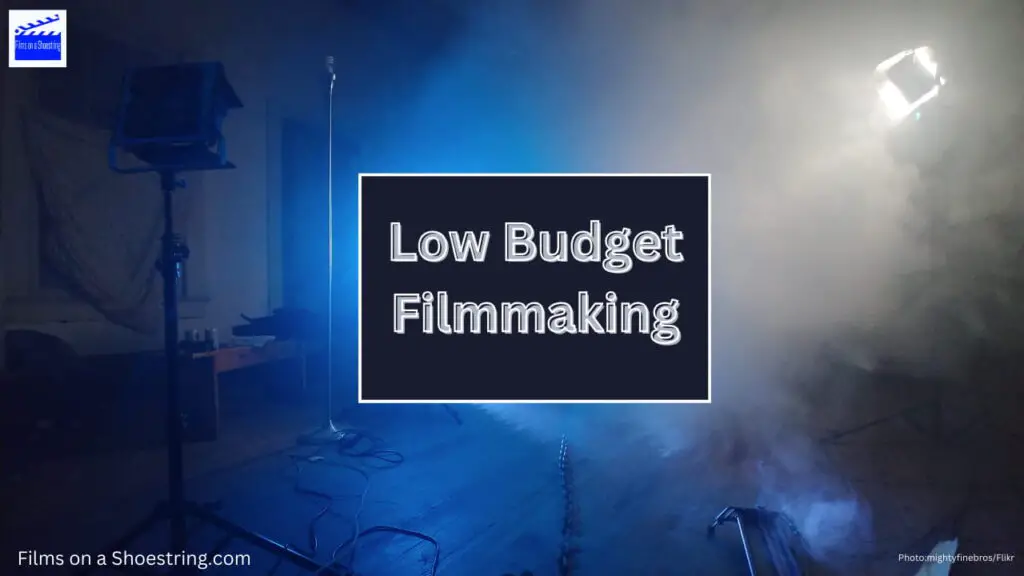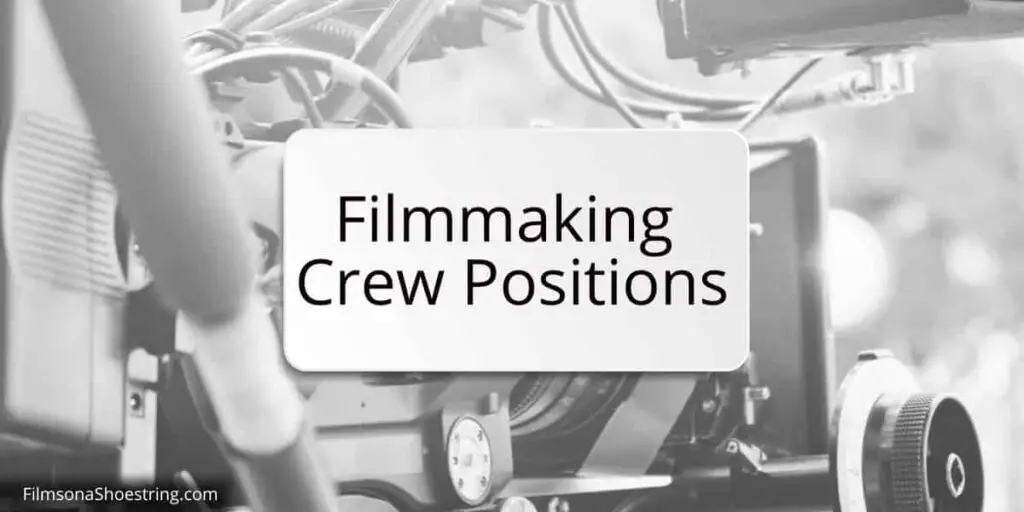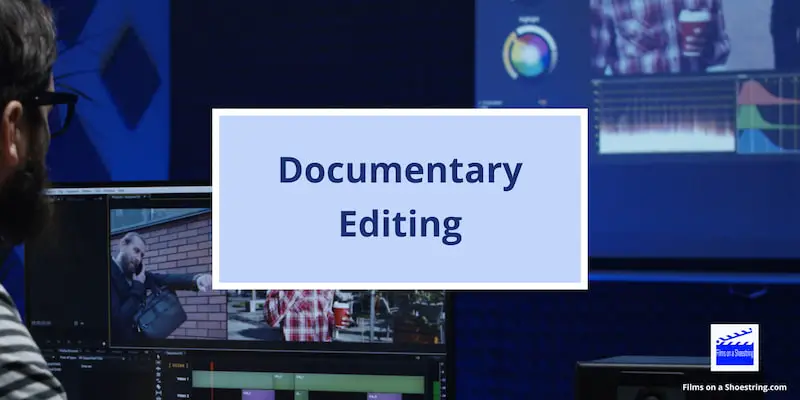The entertainment industry is littered with terms you have to quickly pick up, so after hearing a conversation between creatives you may be wondering – what does beat mean in a script?
What is Beat in a Script?
The term beat is used in a different way, according to the development point of the story and script.
In story structure, a beat is the action or emotional plot point in a screenplay where the story propels forward, and there could be several of them in each scene.
In the text of screenplay dialogue, beat describes a pause, helping the actor or script reader to visualise silent breaks in the character’s lines. It can be written simply as ‘Beat’, or as (beat), though for clarity many screenwriters now prefer to write ‘Pause’.
Instead, it’s now more common for the screenplay format to include A BEAT in the margin of the script, to denote a pause in the action or a story beat also refered to as a moment.
Beats in Story Structure
Story beats chart each plot point where action and/or emotion takes the story forward in the scene and across the narrative.
Plot beats can include
- special events – Cinderella’s ball
- conflict with an antagonist – Cinderella’s mother keeping her in servitude
- realisation – Cinderella’s despair she cannot go to the ball no matter what she did
- twist – the Fairy Godmother appears to do magic
- resolution – the prince tracking down Cinderella with a glass slipper
They need to be identified by the screenwriter at the starting point of the screenplay structure.
First, set out your story in its simplest form. Use just one line or sentence to describe each step of the story.
Focus on the action points of the story, the moments that change or advance the story.
For example, in the Cinderella narrative, two of the many action points are
- arrival of the Fairy Godmother
- Cinderella flees from the prince, but loses a slipper
You can hear more about Cinderella’s beats and action points in GetFilming’s YouTube video demonstration:
Writing Story Beats That Advance Your Script Like A Pro
So once you’ve broken your story down to bullet points, and identified the action line, then you must work out how to make those changes visual in the scene.
From there, you’ll use these story beats to create your screenplay outline.
Check back to see how well distributed the story beats are, in each scene and across the narrative, because pacing and emotional attachment for the audience is crucial. They want to go on a journey with your protagonist, and care what happens to them.
Blake Snyder’s bestselling book on Screenwriting, Save the Cat! The Last Book on Screenwriting You’ll Ever Need, demonstrates the 15 beats to aim for in script writing for movies.
It’s a good idea to reflect on this formula against your script outline and draft, but it’s a guideline for the writer and not an unbreakable rule.
Beat as a Dialogue Pause
Like more common punctuation marks added by the screenwriter, a beat alters the way an actor delivers dialogue in a sentence.
It’s like a simple stage direction, but has a big impact on how the dialogue lands with the audience.
Beats are silent pauses that can be long or short.
They are used to break up a flow of words from a main character, revealing something about the character’s own emotions about the other characters or events taking place.
It’s important for writers to understand how beats as a pause function in dialogue so that they can effectively use them to enhance their writing.





